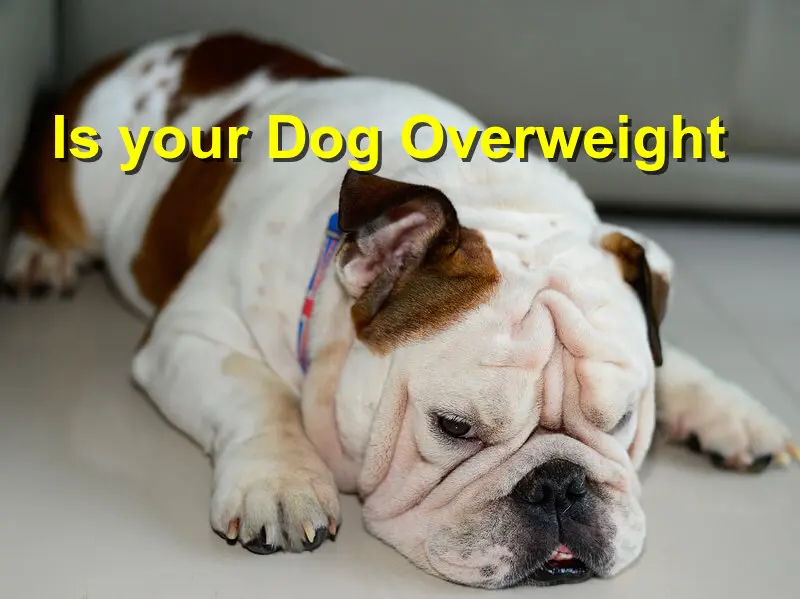Is your dog overweight?
Although obesity is a growing human epidemic, it is similarly an alarming problem for pets. In fact, almost 50% of cats and dogs nowadays are either obese or overweight. And while you may feel that having a chubby dog is cute, obese and overweight pets might have a variety of health problems including diabetes, respiratory disease, cancers, heart problems, and joint diseases and ultimately short lifespan, and poor quality of life.
However, factors like fur type and breed build might make it difficult to tell that you dog is overweight. So how can you tell when your canine is obese and what can you do to deal with the problem? Unfortunately, it’s not easy to tell that your canine is obese by only looking at them. Nonetheless, you can easily determine their weight by checking their body condition score (BCS).
How to determine your dog’s body condition score
Fortunately, you can easily assess your canine’s physical condition at home. This includes things as being able to feel your canine’s rib and spine, as well as the waist and hip bones. Put simply, you should view your dogs waist easily from side to side. And from this, you can determine your dog’s overweight body score from 1 to 9 as follows:
1 – 3: This score represents dogs that are underweight. For dogs that are underweight, hip bones, spine and ribs usually have little fat, and are easily visible. The waist is visible as well.
4 – 5: This is described as the ideal weight. Hip bones, spine and ribs are not visible but you can feel them easily. They are also well proportioned and you can easily see the waist line.
6 – 9: This score indicates that your dog is obese or overweight. The hipbones, spine, and ribs are not easily felt or visible. An overweight dog has diminished waist and in some cases, you may not see the waist due to accumulation of excess fat deposit around the waist, and on the limbs and face.
Other ways you can use to determine your dog’s body score
Besides the body condition score, accessing your regular everyday activities is the best way to determine whether your dog is obese and if it’s the right time to visit your vet. Here are some of the common symptoms that can indicate that your dog is overweight:
- Constant panting
- Needing help to climb the start
- Playing less or avoiding playing
- Struggling to sit up from the lying position
- Appearing exhausted after minimal exercise
Conclusion
If you suspect your dog is overweight or obese, you should discuss weight loss with the vet. Your vet can provide a comprehensive diagnosis for healthy weight loss.
References: Modern dog magazine, Hillspet, 1stpetvet





